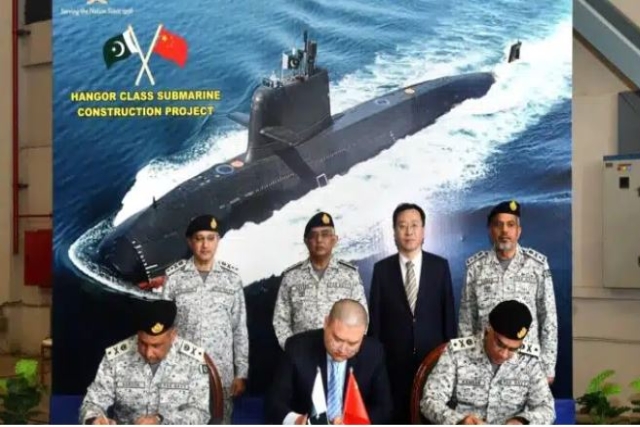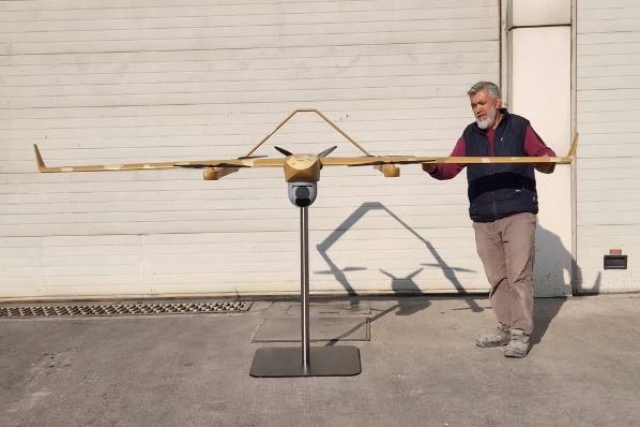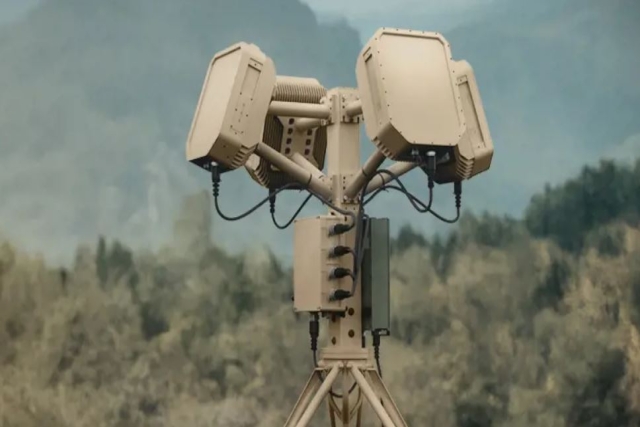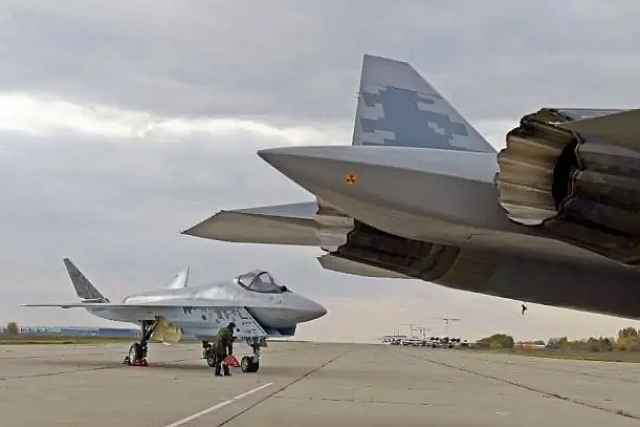Turkey, Pakistan Announce Air-to-Air Missile Technology Sharing Agreement
Bilateral Discussions Focus on Technical Collaboration for Air-to-Air Missile Development between Turkey and Pakistan
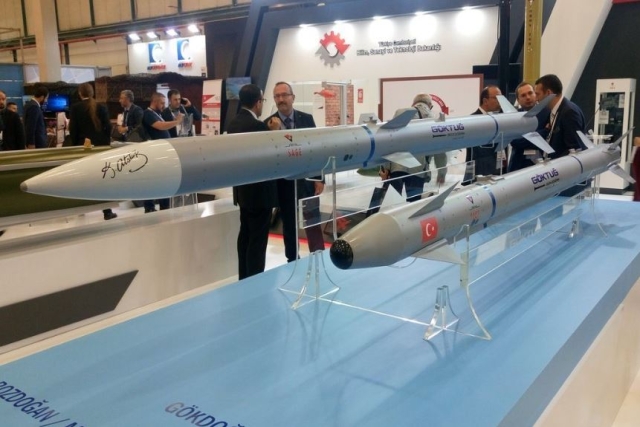
Turkey’s Second Chief of General Staff, General İrfan Özsert, and a delegation visited the Pakistan Air Forces Command, signaling an agreement on technology sharing in the field of air-to-air missiles between the two nations.
During the meeting with Pakistan Air Force Commander Marshal Zaheer Ahmed Baber Sidhu, discussions revolved around military cooperation, with both parties agreeing to further advance existing partnerships. The focus lies on Joint Working Groups dedicated to technology development and core capability exchanges.
According to the Pakistan Air Force statement, talks also included the continuation of the Air-to-Air Missile Technology exchange program, aiming to ensure mutual benefits for both Air Forces. The commitment to strengthen cooperation was reiterated, spanning state-to-state, company-to-company, military authorities, and Air Force to Air Force interactions.
Turkey and Pakistan's collaboration in the defense industry was highlighted, with ongoing construction activities for 4 MİLGEM Corvettes for the Pakistan Navy led by ASPHAT A.Ş. The recently delivered PNS BABUR is the first outcome of this venture. BAYKAR's export of AKINCI TİHA and Bayraktar TB2 SIHA to Pakistan also emphasizes the growing ties in the defense sector.
The GÖKTUĞ Project, signed in 2012, aims to address the air-to-air missile needs of the Air Force Command. The project is currently in progress, involving the design and development of missiles for F-16 PO-I aircraft in two configurations: In-Visual (BOZDOĞAN-GİF) and Beyond-Visual (GÖKDOĞAN-GÖF).
BOZDOĞAN, an In-Sight Air-to-Air Missile, has undergone tests with TÜBİTAK-SAGE and the 401st Test Fleet Command, successfully destroying a high-speed unmanned aerial vehicle. Planned to replace AIM-9 Sidewinder Missiles in the Turkish Air Forces Command's inventory, BOZDOĞAN is characterized by its high-resolution Imaging Infrared Seeker Head and resistance to electronic warfare.
GÖKDOĞAN, a Beyond Visible Air-to-Air Missile, is designed to be the counterpart of the AIM-120 AMRAAM. With a range of approximately 65 kilometers, the missile can lock on to multiple targets, resist electronic warfare, and update targets through a data link.
